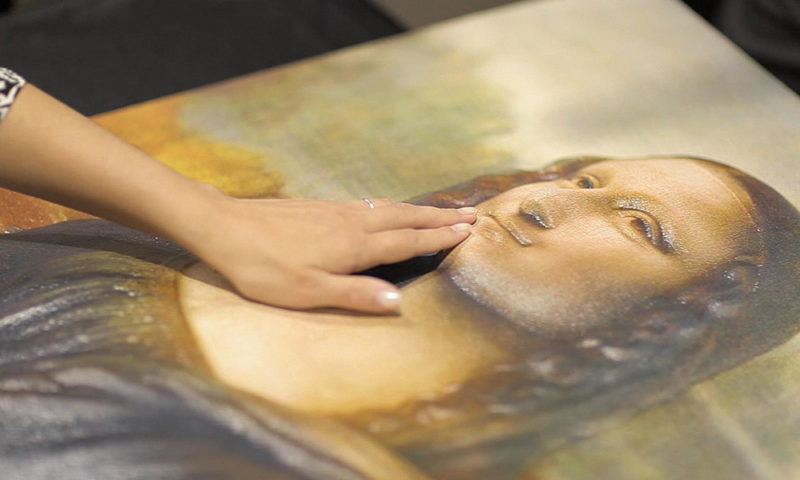A collaborative effort will provide access and inclusion to blind and disabled populations by delivering more than 45 million tactile images to museums, science centers, libraries, schools, and government agencies.
There’s more than one way to experience a great work of art, according to a new partnership among the National Federation of the Blind, Getty Images, and Tactile Images, a company that converts pictures into three dimensional versions that can be experienced through touch, hearing, and smell.
The initiative aims to significantly enhance educational opportunities and cultural inclusion for blind and disabled individuals. The groups are committed to providing greater accessibility to visual resources—with an emphasis on photography and fine art—that represent the world’s people and cultures.
“Blind people have all the same interests, concerns, and aspirations as all who participate in our society and culture, and that culture is reflected in the millions of images that this partnership will help us access,” said Mark Riccobono, NFB’s president, in a press release.
As part of the initiative, a survey of more than 50,000 members of the blind community revealed what photography and art they wanted to experience first. The top three people respondents wanted to experience with the tactile images were Louis Braille, Martin Luther King Jr., and Albert Einstein. The places they wanted to experience were the White House, the Grand Canyon, and the Statue of Liberty. And the events were the moon landing, the civil rights movement, and the September 11, 2001, terror attacks.
Tactile Images creates several different kinds of artwork that allow blind people to engage with traditional visual and graphic material through touch and sensory stimulation. Braille is used for text, sensors are embedded to activate a customized audio description, and other components emit distinct smells. These three senses—touch, hearing, and smell—work together in the brain to replace the sense of sight.
John Olson, cofounder of 3DPhotoWorks, the parent company of Tactile Images, has had a longstanding relationship with NFB and Riccobono. Olson spent his career at Life magazine as a photographer and photojournalist. About 10 years ago, he started to wonder about the ways people see, which led him to reach out to NFB. They collaborated on several projects, including a timeline of NFB’s history using tactile photos and audio narration—which is now on display at NFB’s headquarters in Baltimore—and an exhibit at the Newseum in Washington, DC, featuring tactile renderings of Olson’s iconic Vietnam War photos.
NFB is committed to increasing tactile literacy among the blind—helping blind people learn to identify and produce tactile images from an early age—and is working to involve more blind people in science, technology, engineering, art, and mathematics, said Chris Danielson, NFB’s director of public relations.
NFB is also focused on “increasing the accessibility of paintings, photographs, and other images by collaborating with artists, photographers, museums, and other producers and exhibitors of such works,” he said. To help achieve those goals, NFB is granting $500,000 to museums and institutions for the development of tactile exhibition displays.
“We look forward to working with Tactile Images and Getty Images to curate a collection that will include, inform, and inspire the blind of America and the world,” Riccobono said.
Source: New Partnership Lets the Blind Experience Pictures Through Touch













